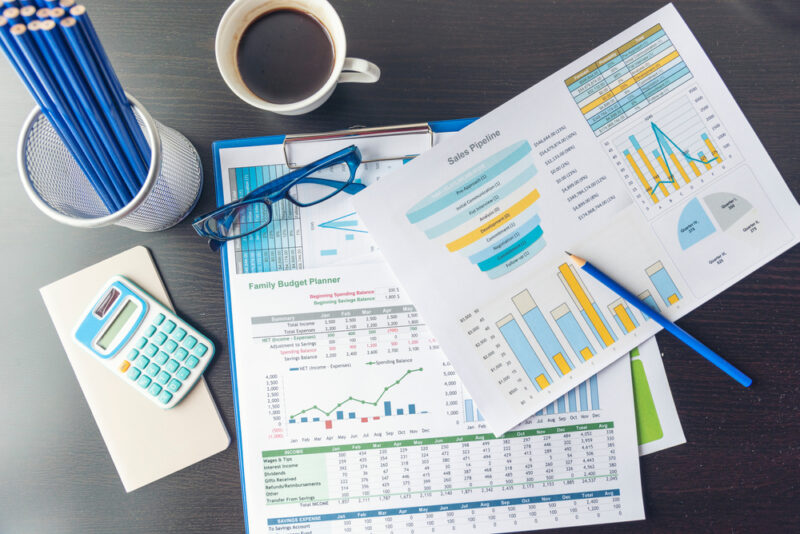Hello, beautiful people from across the lands! With the holiday season practically here coming right behind it is a new year. 2020 has been a complete emotional rollercoaster but rewarding year all in one. Well for myself at least. The pandemic has completely turned many households upside down financially. In this post, I break down my budgeting method that will help you get ahead on your finances. Let’s dive into it!
Budget Break Down
List Income & Expenses
Gather all your expenses and write them down. This allows you to know what money is going out. Then write down your income expected to come in for the month. This allows you to know what money is coming in. Seeing these differences begin to help paint a picture of your financial stability. You may discover you have more bills than money. Or you actually have money left over that could build your savings and investments.
List Pay Periods
Knowing what money is coming in is a great start but to really get a good picture listing your pay periods is a game-changer. You want to see what bills will be paid with which check. Doing this helps eliminate any surprise withdrawals or due dates. Which leads to my next point.
Organize bills by Pay Period
Begin to organize your bill due date with your pay period. You want to match them to strategically map out when your money will be going out. I like to have most of my smaller bills come out the first check as the second check usually covers my biggest expenses which is rent. Do what makes sense for you but you want to be fully aware of how much and when money will come out of your account.
TI – TE Formula
The TI – TE formula is very helpful in avoiding overdraft fees, building my savings, paying off debt, and much more. Completing this formula lets you know the most important number in your budget, the money left over. Or in some cases, there may be none or worse in the negative.
Regardless of the outcome knowing this number helps you adjust your budget where needed. With this formula, you take your total income (TI) and subtract your total expenses (TE) which may equal money that has nowhere to go. The money left over could be used for saving, paying off debt, buying a few things, etc. Whatever you decide to do you need to know this number after every budget.
Categorize Cash Envelopes
It is important to list things that require payment that is not necessarily a bill but is still an expense. This may include things like groceries, oil changes, gas, pocket money, etc. Whatever that may be for you be sure to list it out and assign them its own envelope. Doing this helps you not to overspend in these categories blindly. Once the cash is gone from the envelope that is it. No more spending until the next replenishment from the next budget.
Action Steps to Take NOW
1st Step: Download this free budget template
2nd Step: Review the video and written instructions to understand how to use the template for your advantage
3rd Step: Budget out the next upcoming up
Conclusion
Budgeting has been the foundation of my personal finance journey. It has truly helped me make better financial decisions and begin to understand more complex money strategies. If you are not budgeting I highly recommend you start there before diving into anything else in the personal finance sector. Sticking to a budget has allowed me to put bills on autopay, save at least 2 months’ worth of expenses, and pay over $10k in debt. If I can do it so can you.
Until next time dream, believe, and achieve.
In what ways has/will budgeting help you?





